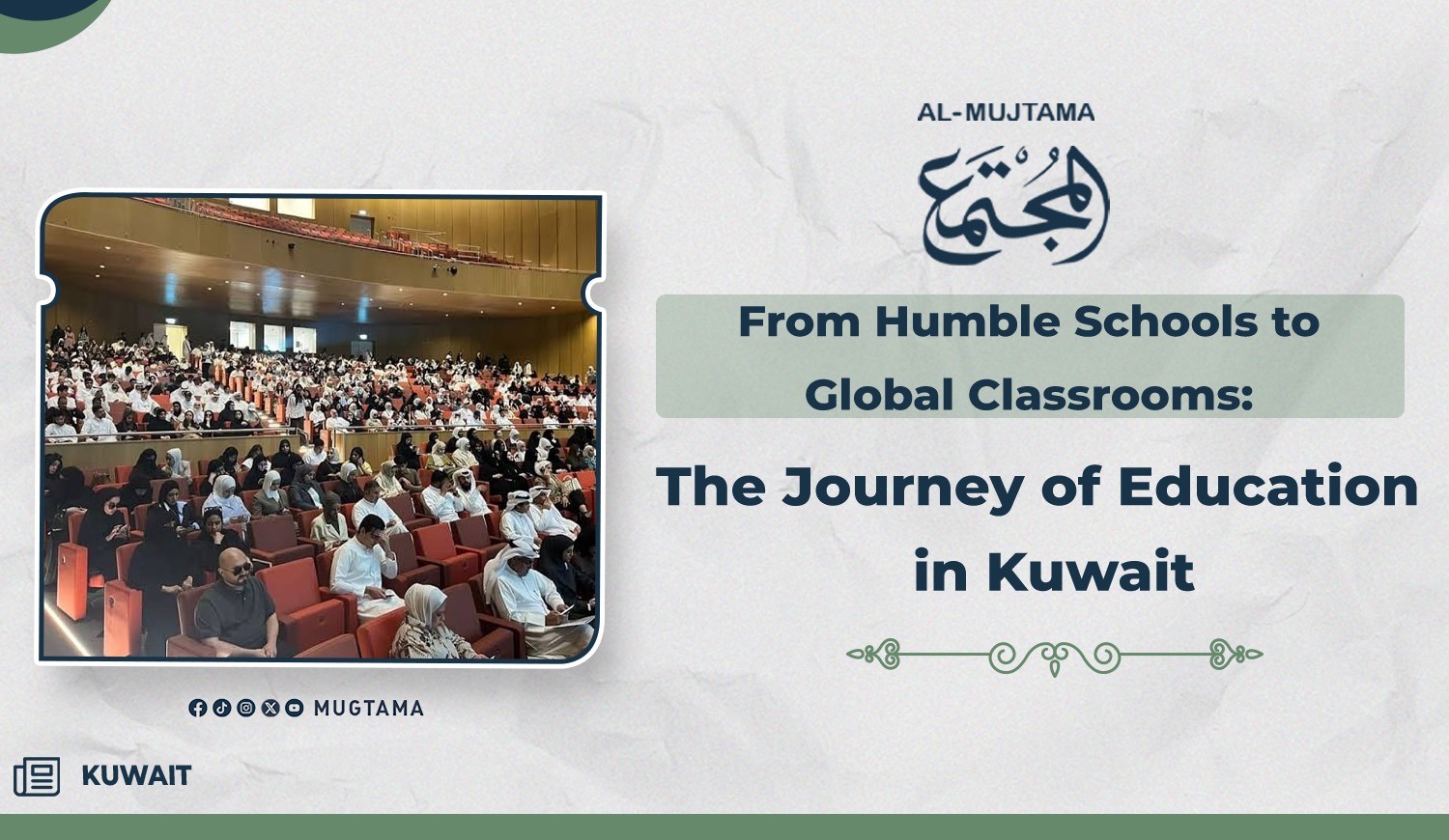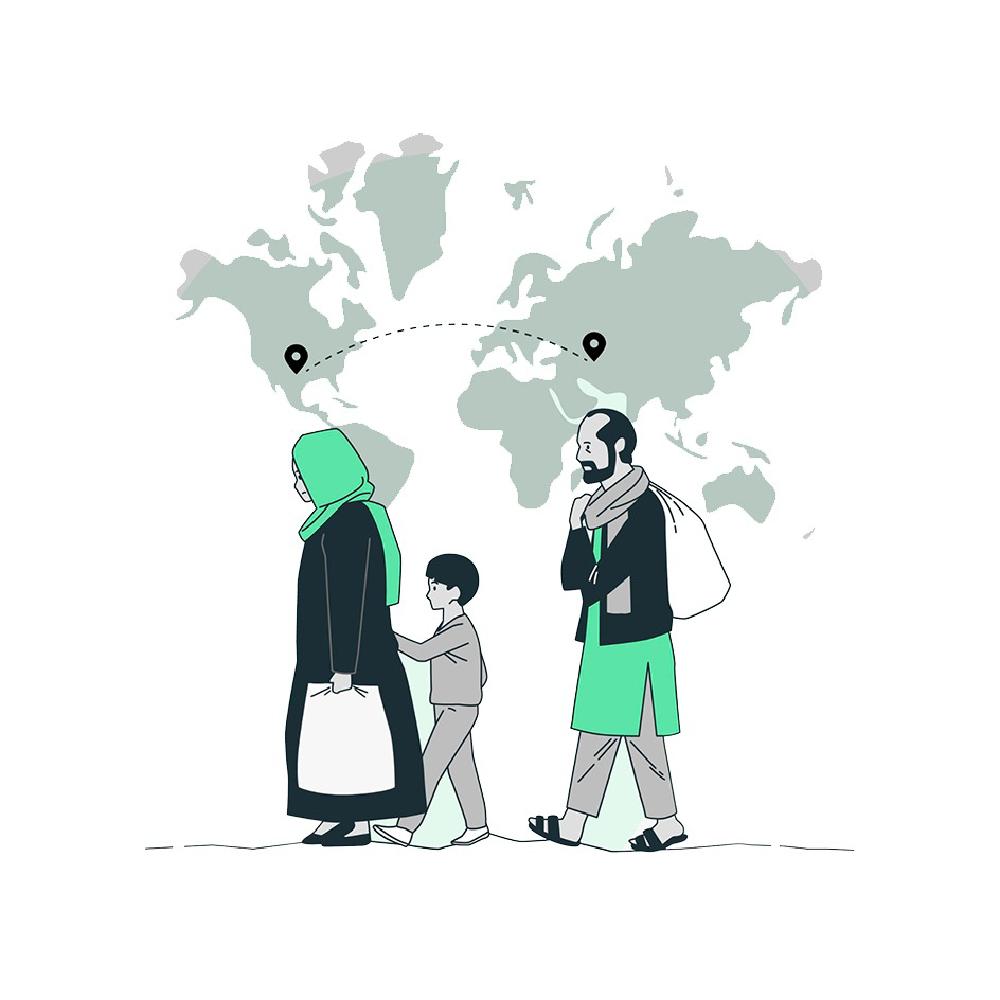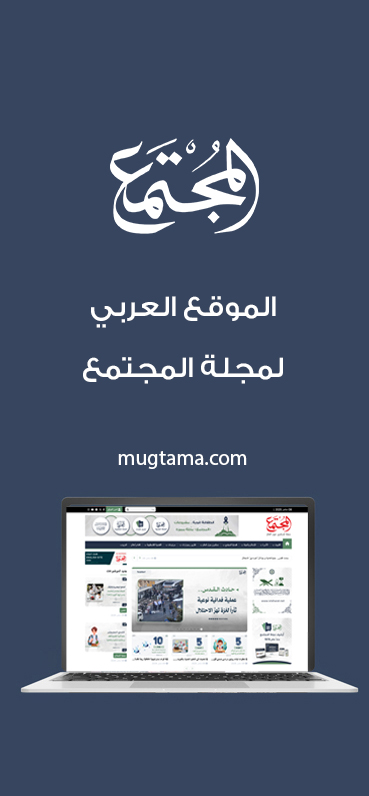Kuwait 2035 Vision in education
From Humble Schools to Global Classrooms: The Journey of Education in Kuwait

Education
is a fundamental pillar of modern societies and the cornerstone of development
and progress. In Kuwait, successive governments have demonstrated their
commitment to education by guaranteeing it as a right for every citizen. From
the early "Katateeb"
(traditional schools) to a modern, formalized system, the country has undergone
radical transformations that have led to rising literacy rates and widespread
access to education. Here, we highlight the key stages of this development.
Phase 1: The "Katateeb" and Pre-Formal Education
(until 1911)
The "Katateeb" were the
first nuclei of education in Kuwait. Students learned the Quran, Arabic
language, and basic arithmetic, often through traditional methods. Early
teachers included Sheikh Mohammed bin Fairuz (d. 1723) and Abdul-Jalil Al-Tabtabaie
(d. 1854). The first "Katateeb" for girls also appeared in the late
19th century, with notable figures like Sharifa Hussein Al-Ali (b. 1831).
Phase 2: Formal Education (1911-1936)
Al-Mubarakiya
School (1911) was Kuwait's first formal
school, established by local initiative under Sheikh Mubarak Al-Sabah. It
marked the beginning of official education. In 1921, Al-Ahmadiya School
was founded, offering a curriculum that included English and modern sciences.
The first school for girls was established shortly after. Education was then
officially taken over by the state in 1936, when the Ministry of Education (formerly the Ministry
of Ma'aref) incorporated the formal schools.
Phase 3: Capacity Building, Scholarships, and Women's Entry
into Education (1930s-1950s)
In 1937, Mariam
Abdulmalik Al-Saleh became the first Kuwaiti female employee in the
Ministry of Education and the first Kuwaiti female teacher. Educational
missions were sent to Baghdad in 1938 and Al-Azhar in Cairo in 1939 to train
Kuwaiti teachers. The first female teachers, including Nouriya Al-Saif and
Anisa Al-Jandal, graduated in 1944. A training class for teachers was created
within Al-Mubarakiya School in 1949, and additional training was offered in
Beirut in 1950-1951.
Phase 4: The 1955 Education Development Report: A National
Roadmap
Between 1954 and 1955, Abdulaziz
Hussein, Director of Education, invited two Arab experts, Dr. Matta Akrawi
and Ismail Al-Qabbani, to prepare a comprehensive report titled "Report on
Education in Kuwait" (March 16, 1955). This was the first systematic
educational plan for the country. The report focused on goals such as
eradicating illiteracy, fostering citizenship and democracy, and promoting
innovation. It proposed making education compulsory for all children up to age
14, and making it institutionalized and free of charge regardless of
nationality.
Phase 5: The Flourishing of Education after Oil Discovery
and Independence (1950s-1970s)
With the discovery of oil in 1938 and
the country's independence in 1961, the number of government schools expanded
significantly. By 1945, there were 17 schools. By the 1960s, the number of
students had grown to 45,000, with 18,000 of them being girls. At the time of
independence, the literacy rate was around 50%, rising to over 72% in 1975, 94%
in 2005, and 96.1% in 2018. In 1965, the constitution made education compulsory
for children aged 6 to 14.
Phase 6: Higher Education (1966 onwards)
Kuwait
University, the first public higher education
institution, officially opened in October 1966. It included colleges for
sciences, arts, education, and a college for women. The university grew from a
small start to over 17 colleges, enrolling around 40,000 students, with campus
expansions to the Sabah Al-Salem University City in 2019.
In 1982, the Public Authority for
Applied Education and Training (PAAET)
was established to enhance technical skills and labor, particularly to support
industrial expansion. In the early 2000s, the Arab Open University was
established in Kuwait, expanding open education with a flexible approach and a
partnership with the British Open University. In 2002, the Gulf University
for Science and Technology (GUST)
was founded as the country's first private university, in partnership with the
University of Missouri–St. Louis.
Phase 7: The 21st Century: Major Reforms and a Future Focus
A comprehensive national education
reform program was implemented in partnership with the World Bank from 2010 to
2020. This program focused on curricula, learning outcomes, school leadership,
and educational policy development. In 2008, the "National Conference for
Education Development" was held to coordinate goals and leverage global
organizations like the GCC and OECD to
improve the educational environment and support women and development projects.
Today, education is a key part of "Kuwait's 2035 Vision," as the
country transitions toward a knowledge-based economy and sustainable human
development.
Notable figures have emerged in the
history of Kuwaiti education, including Lulwa Al-Qatami,
the first Kuwaiti woman to study abroad, a former director of Kuwait
University, a UNESCO ambassador, and a nominee for the Nobel Peace Prize in
2005. She played a pivotal role in advancing women's education, curriculum
development, and civil society.
The journey of education in Kuwait has
been an inspiring one, from the traditional "Katateeb" to the
establishment of an integrated educational system encompassing public,
technical, higher, and private education. The state, educational institutions,
and pioneering educators have built a strong foundation of knowledge,
contributing to a high literacy rate, empowering women, and preparing a
generation of educated individuals capable of keeping pace with local and
global changes.
Read also:
September
9: Humanitarian Badge of Honor for Kuwait
5
Ways to Raise Children to Support the Weak











